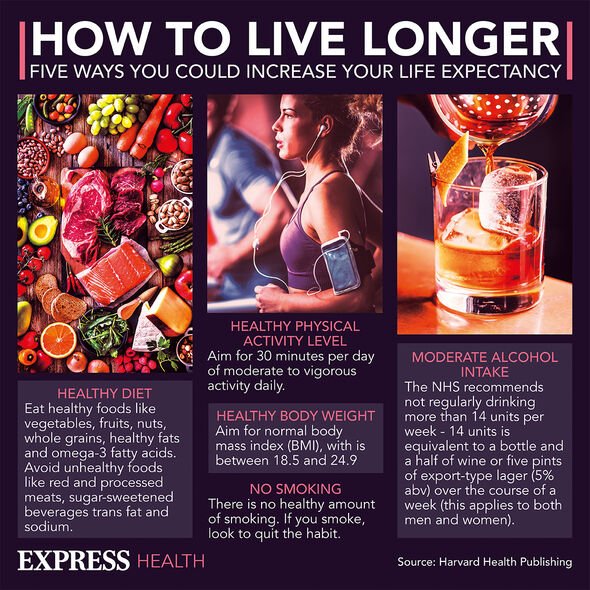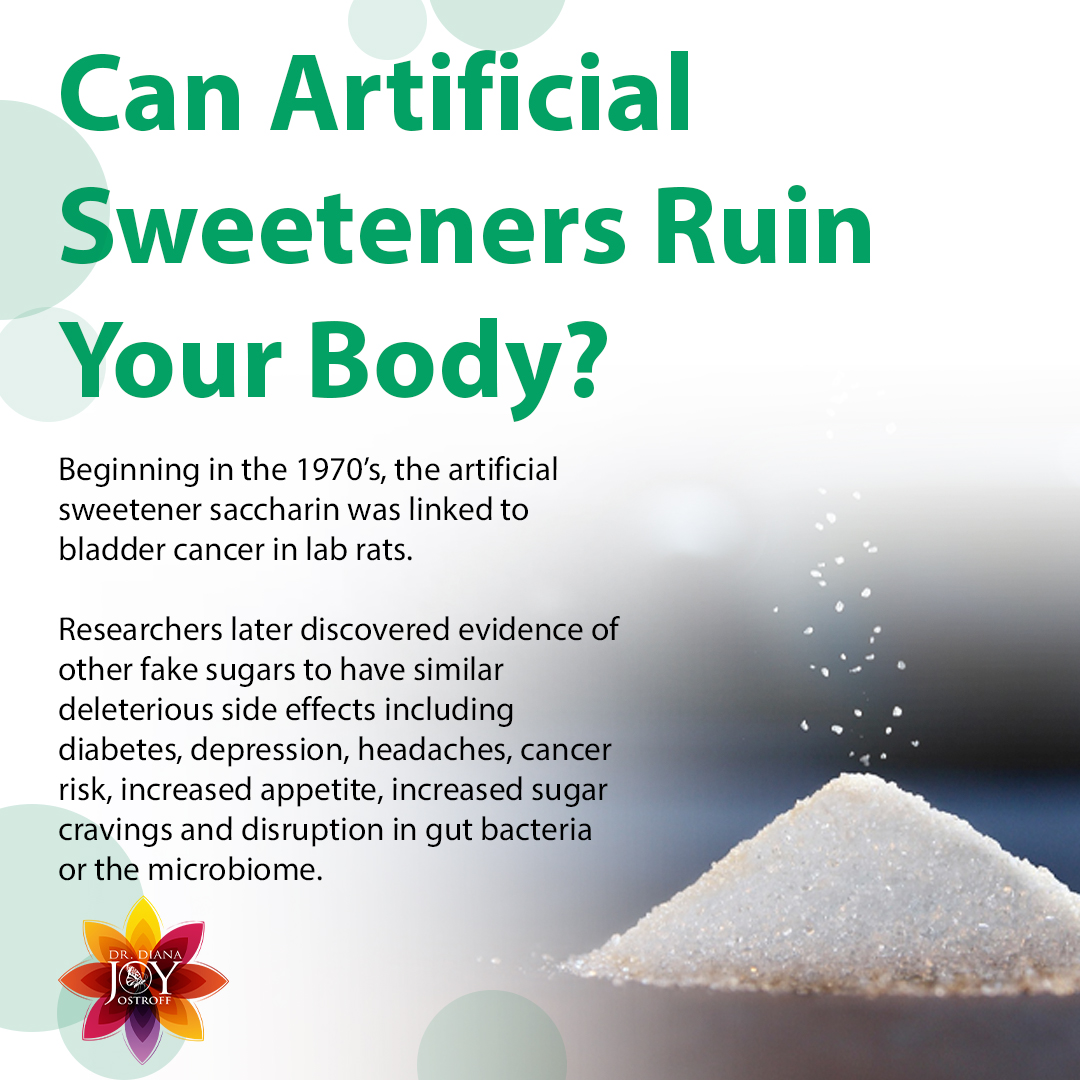16 Ways to stay Healthy
Keys to Good Health
You hear lots of advice from many sources about what it takes to live well and keep your body in good working order. Sorting out what that means for you could seem like an overwhelming task. Let’s break it down into a few simple, easy-to-remember ways for adults to stay on a healthy path.
Become a flexitarian.
Numerous studies have shown that a plant-based diet is healthiest, but you can still get many of the benefits even if you don’t go full-on vegetarian. Following a semi-vegetarian diet that includes fewer animal products but doesn’t completely cut them out may help you keep your weight in check as well as lower your chances of high blood pressure, type 2 diabetes, and inflammatory bowel disease.
Swipe to advance
Expand your palate’s palette.
Dietary guidelines recommend that half of what’s on your plate at any meal be vegetables or fruits. But it’s also important to mix things up. While all fruits and veggies are healthy, they don’t all have the same nutrients. Give yourself the widest range of benefits by eating different-colored produce throughout the day.
Less sugar, more water.
It’s a good idea to avoid added sugar in whatever you eat, yet soda, sports drinks, and energy drinks may be a bigger source than you realize. Some studies show that just a soft drink or two a day makes you 26% more likely to get type 2 diabetes. Sugary drinks have also been tied to heart attacks, gout, and obesity. Stay hydrated with water or, if you miss the fizz and taste, naturally flavored seltzer.
Move more, sit less.
That’s the physical activity guidelines in a nutshell. While at least 150 minutes a week of moderate exercise is ideal, experts say that any movement is better than nothing. So make it a point to stand up more often and stretch, park a bit farther from your destination for extra steps, and explore new pastimes that will help put you in motion.
Get enough rest.
Sleep is often low on the list in our nonstop society, but it’s a must for good health. Chronic sleep deprivation raises the odds for heart disease, diabetes, stroke, obesity, and many other sicknesses. Getting your ZZZs also helps keep you safe: Driving while sleepy is just as bad as driving drunk. If you don’t usually wake up feeling refreshed, try slipping into bed 15 minutes earlier every week until you do.
Tame your stress.
Everyone has stress; it’s how you react to it that matters. When you often explode in anger, get stomachaches because you’re nervous, or have trouble sleeping because you’re anxious, it’s time to make a change. Find a way to blow off steam, whether that’s through exercise, meditation, or laughing with good friends. Still feeling overwhelmed? Make an appointment with a counselor or other mental health professional.
Wash your hands.
It’s one of the easiest and most effective ways to avoid catching whatever contagious bugs are going around. The key is to be thorough: After you lather up with soap, scrub your palms, the backs of your hands, between your fingers, and under your nails for at least 20 seconds. That’s about how long it should take you to sing “Happy Birthday” twice.
Limit your drinking.
It’s true that moderate amounts of alcohol have been tied to some health benefits, like a lower risk of heart disease, but there are also serious downsides to drinking, such as a higher risk of cancer and liver disease. So you shouldn’t start drinking for the sake of good health. When you do have alcohol, keep it to one drink per day if you’re a woman or two if you’re a man.
Steer clear of smoke.
Smoking doesn’t just hurt your lungs. It harms almost every organ in your body, making you a more likely target for cancer, heart disease, and other serious illnesses. Secondhand smoke is dangerous, too, and there’s no amount that’s “safe.” If you live with a smoker, support them in quitting or at least ask them to take it outside.
Map your family tree of health.
A history with a disease doesn’t guarantee your fate, but your genes do offer a clue about the health issues you might face. You may need to be screened more often or earlier for conditions that run in the family, especially when close relatives developed them at unusually young ages or several family members had them. Let your doctor know about any serious ailments your parents, siblings, and children have been diagnosed with.
Check in with your doctor.
While there’s no one-size-fits-all time frame for seeing your primary care doctor (anywhere from annually to every 3 years might be OK), don’t go AWOL. Regular visits can help you catch problems early, when they’re easier to treat and often cure. Stay on top of tests like cholesterol checks, mammograms, and prostate cancer screenings.
Use prescriptions correctly.
Missing doses or taking your medication at the wrong time can have serious consequences. According to the CDC, so-called “non-adherence” leads to 125,000 deaths every year. If you aren’t taking your prescribed medicine because of side effects or other issues, talk to your doctor. Having trouble remembering? Put notes on your calendar or set alarm reminders on your phone or watch.
Stay up to date on vaccines.
Grownups need shots, too. You should get a flu shot every year, but you may also be due for a tetanus booster, a shingles vaccine, or a shot to protect against pneumonia. Ask your doctor what you might be missing and when you should get it.COVID-19 vaccine recommendations will be updated as needed, so it is important to stay up to date on COVID-19 vaccines.
Take baby steps.
It’s tempting to overhaul your entire lifestyle at once. But tackling too many health goals at once often backfires because change can be hard. To better your odds of getting — and staying — healthier, make a series of small changes and work your way up to a bigger end game. For instance, if you’d like to eat a more nutritious diet, focus on breakfast. Once you get used to that, think about how to improve your lunch menu.
Don’t go it alone.
Whatever your health goals are, it will be far easier to reach them if someone has your back. That might mean finding an exercise buddy who meets you at the gym, asking a friend to go with you to doctor’s appointments, or simply confiding in someone you trust about your current struggles so they can cheer you on along the way.



